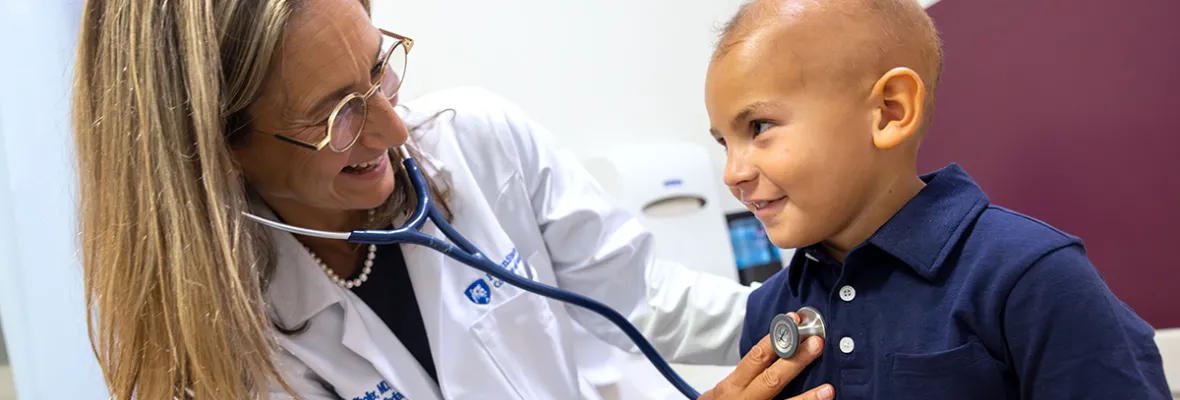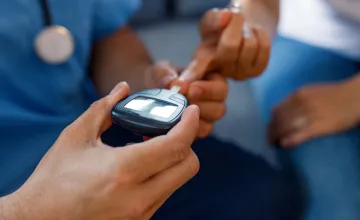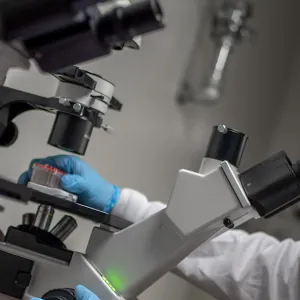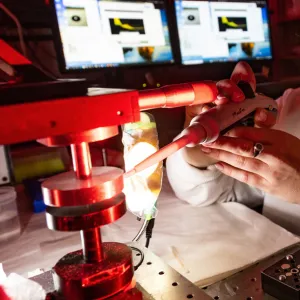America's Leading Research Universities...
are working to discover new drugs and medicines that lengthen and improve lives. The partnership between the National Institutes of Health (NIH) and America's leading research universities makes this possible.
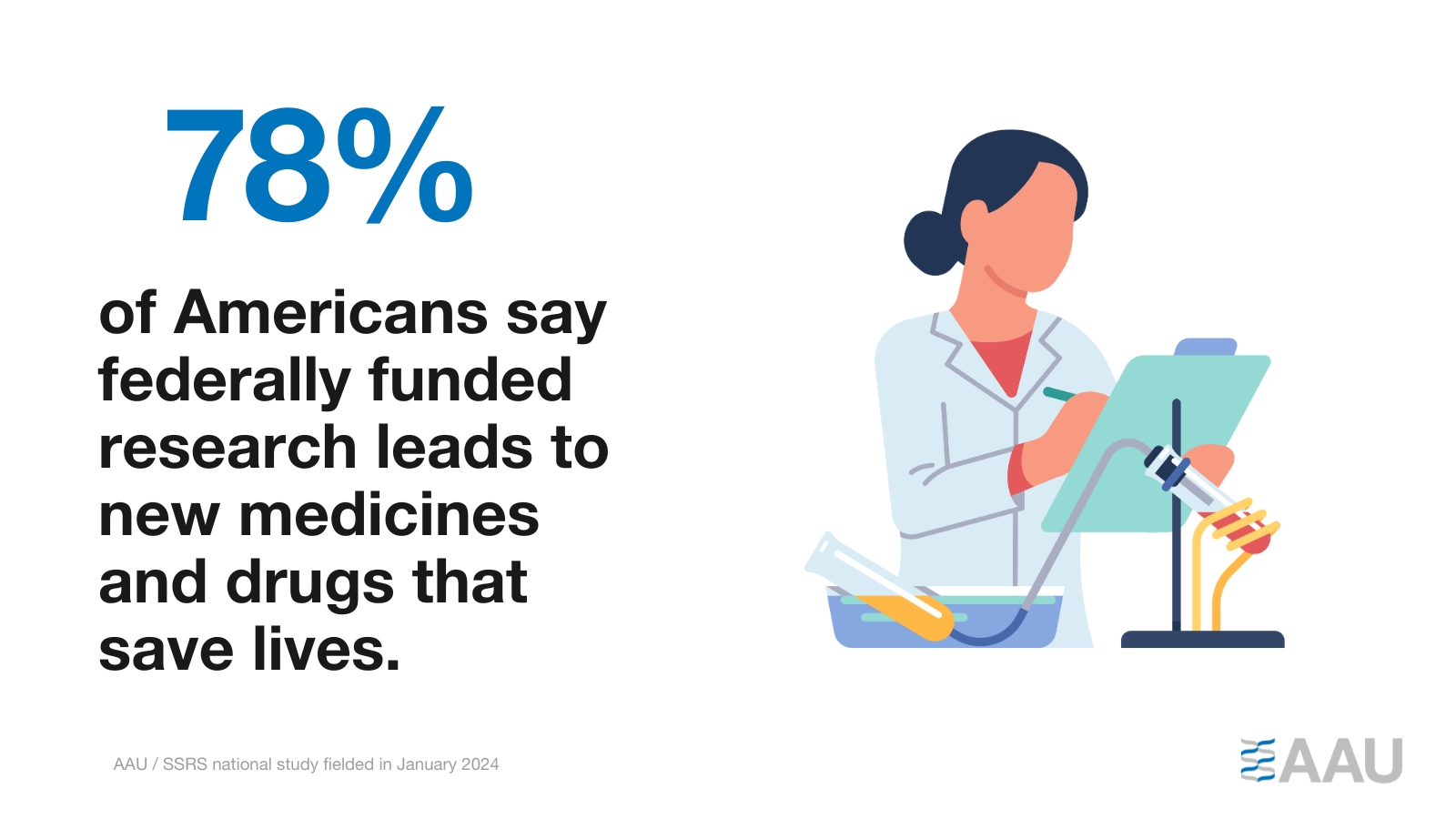
Groundbreaking Treatments
NIH-funded research has led to the development of life-changing medicines to treat diseases like diabetes, depression, Alzheimer’s, strokes, addiction, heart disease, AIDS, and the flu.
More than a quarter of all medicines and more than a third of all cancer medicines approved between 2001 and 2019 were invented by academic researchers.
Over the last four decades, more than 200 drugs and vaccines have been developed through partnerships between federally funded university research and private industry.
Breakthrough: Discovering the GLP-1 Molecule...
It's a researcher at the medical school of one America's leading research universities, Harvard, that discovered the molecule that became the basis for the GLP-1 drug therapies that have revolutionized the treatment of type 2 diabetes and obesity. Joel Habener's initial 1970's discovery and years of follow-on research, along with that of many other scientists, has enabled the design of disease-altering therapies for type 2 diabetes, which affects nearly 400 million people worldwide, and obesity, estimated to affect about one billion globally.
...and Pioneering Potential GLP-1 Treatment of Other Diseases
America's leading research universities are also among the first to be investigating the possibilities that GLP-1 might hold for treating other medical problems.
- For instance, researchers at Penn State College of Medicine are investigating whether GLP-1 drugs could play a role in treating the scourge of opioid addiction. Following a small clinical trial with early promising results, they are forging ahead to begin a larger clinical trial of a GLP-1 drug to treat opioid addiction on an outpatient basis. Said one researcher, "If our data show that it is safe and is saving lives, it might be possible to move it quickly through the FDA, but we will have to wait to see what will happen. We are hopeful."
- And researchers from the medical school at the University at Buffalo challenged the untested assumption that GLP-1 drugs would increase the risk of acute pancreatitis to those with a history of the disease. In fact, they thought the GLP-1 drugs' anti-inflammatory properties might even help those prone to acute pancreatitis. Their probe into the data paid off, finding that the drugs may actually lower patients' risk for the disease. While those who took none of the studied medications had a 51.6% incidence of acute pancreatitis recurrence, those taking the GLP-1 drug had only a 14.5% rate of recurrence. "Our research offers good news for patients with a history of pancreatitis," said one of the lead medical researchers.
Responding to Pandemics
When we needed it most, it was the decades-long, federally-funded commitment of leading research universities on the mRNA platform that put the United States in position to develop a COVID vaccine in record time. Leading research universities were at the forefront of battling the virus and continue their efforts to help the nation prepare for and prevent future pandemics.
Federal Funding Makes Medical Breakthroughs Possible
The National Institutes of Health (NIH) invests most of its nearly $48 billion budget in life-saving medical research for the American people-- and it conducts much of that research through America's leading research universities nationwide. Nearly 66 percent of all federally funded medical research for NIH and the Department of Health and Human Services is performed by America's leading research universities across the nation through competitive grants. And each year NIH awards almost 50,000 such grants overall to keep 300,000 medical researchers at more than 2,500 research universities, medical schools, and research institutions in every state hard at work on the next discoveries that can save lives and improve Americans' health.
Learn more about how America's leading research universities are improving the health and well-being of all Americans:
